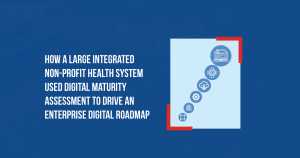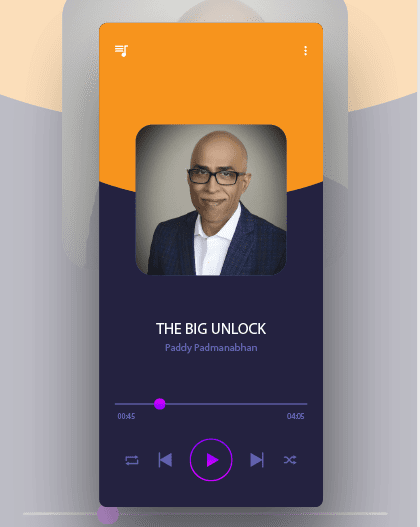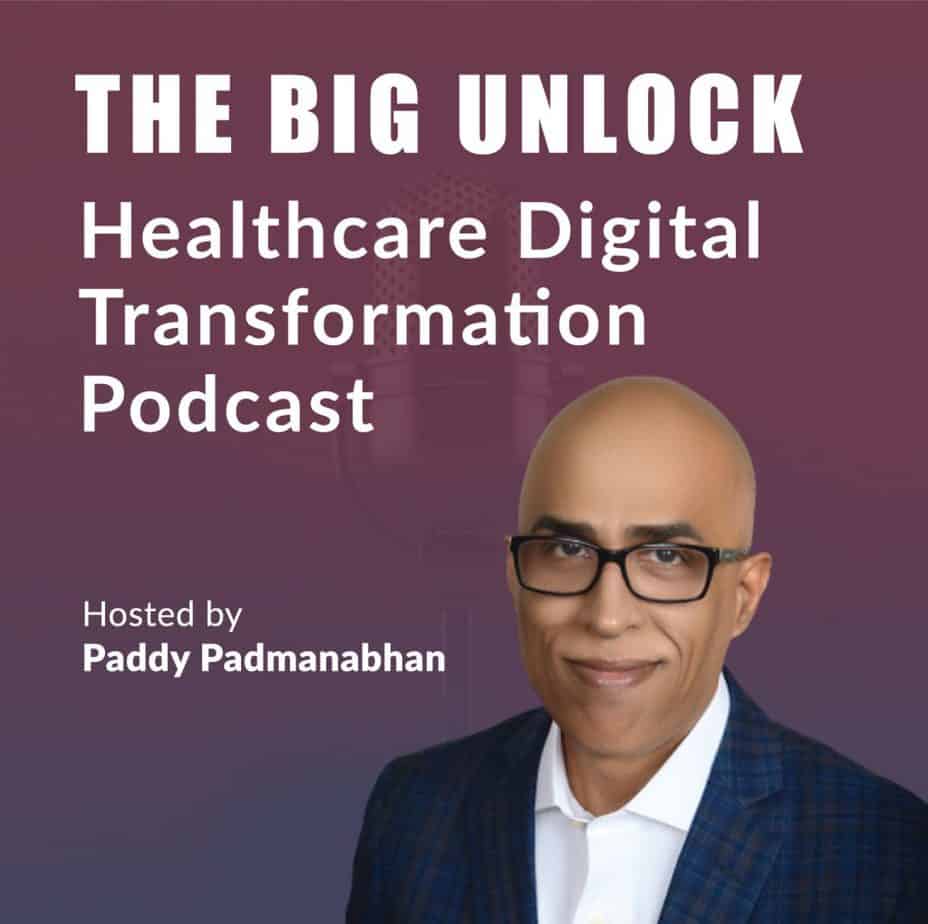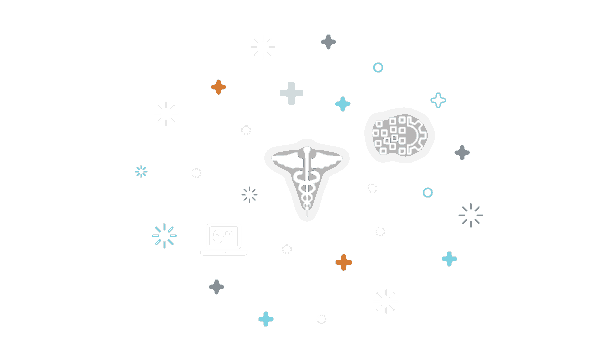Healthcare gets ready for a Starbucks and BOPIS revolution
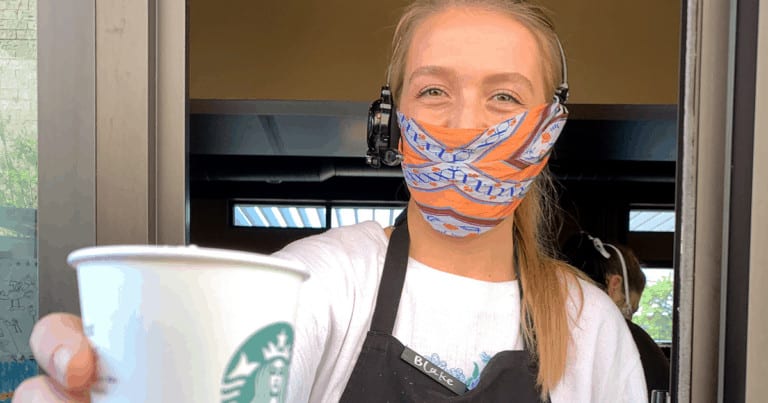
A few months ago, who would have thought that going into a hospital or clinic to meet with your doctor would be considered a high-risk experience? And yet, here we are. COVID-19 has forced the entire health care sector to adopt low-contact and contactless experiences for the safety of patients and caregivers alike – an unexpected outcome of the pandemic experience.
In my recent book, Health Care Digital Transformation, I discuss how consumerism and technology are accelerating digital transformation in the wake of the pandemic.
Many aspects of an in-person visit to a hospital or clinic have gone online; start with the forms declaring you are not infected with the virus nor have you been in contact with anyone who has; a symptom triaging tool to identify the range of diagnoses; a chatbot to answer questions; an online scheduling tool to make an appointment with a doctor; meeting the doctor through a video consult (or if required, driving out for an in-person visit).
In the wake of COVID-19, the health care sector has had to re-examine long-held assumptions about what needs to be an in-facility experience and what doesn’t. Consequently, health care now faces the challenge of delivering a seamless experience that combines the digital with the physical, something that could feel like a Starbucks drive-through experience, or the emerging trend in the retailing sector referred to as BOPIS (buy-online-pickup-in-store).
The black swan that blasted open digital front doors
Before the pandemic, most health systems had implemented virtual care programs in limited ways. In a blog I wrote back in December, I predicted that digital health would progress at a slow and steady pace, barring a “black swan” event. When the black swan arrived a couple of months later in the form of the pandemic, health systems threw open the digital front doors that would become necessary for surviving the pandemic.
In a recent survey, health care CEOs discuss their challenges with keeping patients engaged in their health care and providing them with the required online tools in light of COVID-19. The pandemic forced health systems to put in place telehealth and other virtual care tools in place overnight to continue to serve their patients through the immediate crisis.
At Montefiore Health System in New York, the patient care operations team had to stand up a telehealth platform over a single weekend. Texas Health Resources, another health system with a very limited telehealth program pre-pandemic, scaled up to handle over 100,000 virtual visits in three months. Similar stories abound all across health care.
Now that the initial surge of visits is behind us, and most health systems have implemented telehealth platforms, what’s next? For a start, telehealth visits have dropped off from the height of the pandemic as patients start returning to hospitals for care needs that can neither be put off nor addressed remotely. The reality of health care is that a big part of the patient experience involves in-person interactions; however, a big part is not. This is where telehealth and virtual care models complement and often replace the in-person experience.
Low-contact and contactless experiences: Starbucks and BOPIS
Leading health systems have seized the unprecedented opportunity to convert many aspects of a patient’s journey into online experiences. Much like ordering a Starbucks drink on the mobile app, patients can now complete many of the administrative pre-visit formalities before arriving at the hospital.
Health systems have also been investing in low-contact and contactless experiences for in-person visits. A regional health system I worked with is piloting a program for minimizing contact during patient visits.
When a patient arrives, a geo-location tracker notifies the front office administrator and automatically pushes out an SMS message informing the patient that they are checked in and must wait to be called in. When the doctor is ready, another message instructs the patient to proceed to the doctor directly. Once inside, they spend just the amount of time required for their visit and leave.
The experience described above sounds a lot like ordering a Starbucks drink online, driving up to the window to pick it up, and be on our way with a minimal amount of contact. Much of primary care and urgent care will resemble this experience in the future.
BOPIS is a variation on the Starbucks example. BOPIS applies when a consumer doesn’t know what she wants to buy or prefers to browse online: she needs to see the catalog and the prices, figure out which store offers the best deals, and place the order online to pick it up in the store.
In the healthcare context, that translates to symptom triaging (“I don’t know what my medical condition is – is that cough due to a COVID infection or something else?”); Chatbots (“Let me speak with someone or at least an AI tool to confirm my choices”); and schedule an appointment (“I need to meet Dr. Smith at hospital X who specializes in my condition.”).
We tend to speak of doctor appointments mostly as either a virtual or a hospital visit, however an emerging trend is the rise in home-based care and house-calls.
According to Dr. Richard Isaacs of the Kaiser Permanente Medical Group in northern California, the transformation underway could move more care out of medical facilities and into homes or specialized centers. It may well be that an Amazon-like eCommerce experience, where you order online and have it delivered home to you overnight, is coming to healthcare.
The shift to online experiences is in the early stages. Despite the dramatic rise in virtual visits since the pandemic, only 22% of all consumers have experienced a virtual visit, according to a recent study by telehealth company Amwell.
In anticipation of continued growth, the most digitally mature health systems commit themselves to improve the experiences and are benchmarking themselves against other consumer-oriented sectors such as retailing (often hiring executives from these sectors to drive digital transformation).
How far can this transformation go and how quickly will this take place? If the COVID-19 experience is any indicator, we just compressed our telehealth adoption timelines from five years to five months, as many health care executives acknowledge today.
Of course, other parts of the health care economy need to catch up. The reimbursement environment for telehealth and digital health needs to improve to avoid a reversion to in-person visits. A recent study points out that only 26% of all payments go through a value-based care arrangement, indicating how our fee-for-service model is deeply entrenched today.
Indeed, the consumerization of health care will lead us to adopt best-in-class online experiences, similar to sectors such as food service and retailing. Health care as a whole must recognize the need to commit to improving online experiences, whether that looks like Starbucks or any brick-and-mortar retailer in the BOPIS revolution.

